Exploring the Basics of Abstract Painting
Welcome to the vibrant world of abstract painting! This fascinating art form invites you to step beyond the confines of traditional representation and immerse yourself in a realm where imagination reigns supreme. Abstract painting is not just about creating visually appealing images; it’s about expressing emotions, exploring new ideas, and connecting with the viewer on a deeper level. Whether you’re a budding artist or a seasoned pro, understanding the fundamentals of abstract painting can open up a treasure trove of creative possibilities.
So, what exactly is abstract painting? At its core, it’s a movement that emphasizes the use of shapes, colors, and forms over direct representation. Think of it like a jazz improvisation session—each stroke of the brush is a note, contributing to a larger symphony of visual experience. This art form emerged in the early 20th century as artists began to break free from realistic depictions, paving the way for a new kind of expression that resonates with the soul. It’s not merely about painting what you see; it’s about painting what you feel.
One of the most exciting aspects of abstract art is its rich history. It has evolved through various movements, from the bold strokes of Expressionism to the meticulous forms of Geometric Abstraction. Each style offers a unique perspective and invites artists to experiment with their techniques. The beauty of abstract painting lies in its ability to transcend cultural and temporal boundaries, allowing artists from all walks of life to share their stories through color and form.
As we dive deeper into abstract painting, we’ll explore essential techniques and concepts that can enhance your artistic journey. From understanding color theory to mastering texture, each element plays a vital role in creating compelling works. The emotional depth of abstract painting is also something to consider; it’s a language of feelings that can evoke joy, sorrow, or even nostalgia without the need for recognizable subjects. Are you ready to unleash your inner artist and explore the myriad ways to express yourself through abstract painting?
Abstract art challenges traditional representation, focusing instead on shapes, colors, and forms. This section explores its history and significance, helping readers appreciate its unique approach to artistic expression.
Various techniques define abstract painting. From layering to palette knife application, this section discusses essential methods that artists can employ to create dynamic and engaging works.
Color plays a crucial role in abstract painting. This subheading examines how color theory influences emotional responses and composition, guiding artists in their color choices.
Understanding the impact of warm and cool colors is vital for creating mood in abstract art. This section highlights how these color groups can evoke different feelings.
Achieving harmony and contrast in color use can enhance an abstract piece. This part discusses strategies for balancing colors to create visual interest and depth.
Texture adds another dimension to abstract paintings. This section explores various materials and techniques artists can use to introduce texture and enhance the viewer's experience.
Abstract painting often conveys deep emotions. This section discusses how artists can use non-representational forms to express feelings and themes, allowing for personal interpretation.
Symbolism can enrich abstract works, adding layers of meaning. This subheading explores how artists can incorporate symbols to convey specific ideas or emotions within their pieces.
Finding one’s unique style is essential for any artist. This section offers tips for developing a personal voice in abstract painting, encouraging experimentation and self-discovery.
- What materials do I need to start abstract painting? You can begin with basic supplies like acrylic or oil paints, brushes, canvas, and palette knives. Don't forget to experiment with different textures!
- Can I create abstract art without formal training? Absolutely! Abstract art is about personal expression, so let your creativity flow without worrying about rules.
- How do I choose colors for my abstract painting? Consider using a color wheel to understand color relationships. Experiment with warm and cool colors to see how they affect the mood of your piece.
- Is there a right or wrong way to create abstract art? No! Abstract art is subjective, and what matters most is how you feel about your work.
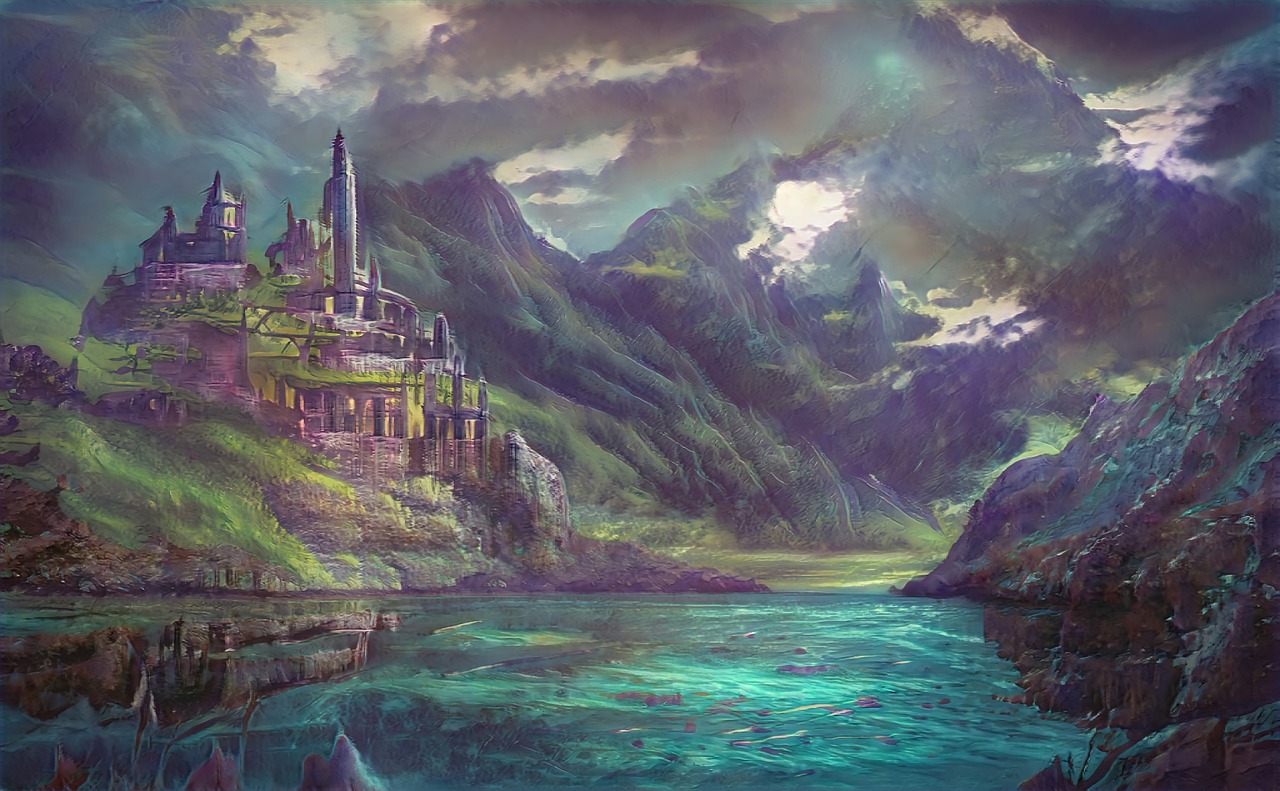
Understanding Abstract Art
Abstract art is like a wild roller coaster ride for the imagination. It takes you away from the confines of traditional representation, inviting you to explore the world of shapes, colors, and forms in a way that feels both liberating and exhilarating. Imagine walking into a gallery where the paintings don’t just depict a landscape or a portrait; instead, they evoke feelings, provoke thoughts, and stir emotions through their very essence. This is the beauty of abstract art.
The roots of abstract art can be traced back to the early 20th century, a time when artists began to challenge the norms of realism. Think of it as a rebellion against the conventional; artists like Wassily Kandinsky and Piet Mondrian paved the way for future generations, urging us to see beyond the physical world. They believed that art should not just represent reality but should instead express the artist’s inner thoughts and feelings. This shift in perspective opened the floodgates for creativity, allowing artists to explore their emotional landscapes without the constraints of representational accuracy.
One of the most fascinating aspects of abstract art is its ability to communicate complex ideas through simplicity. When you look at an abstract painting, you might see a swirl of colors or a chaotic arrangement of shapes, but what you’re really witnessing is a conversation between the artist and the viewer. Each brushstroke, each splash of color, is a word in an unspoken dialogue. This is where the significance of abstract art shines: it invites personal interpretation. What does that burst of orange mean to you? How does that jagged line resonate with your own experiences? The beauty of abstract art lies in its open-ended nature.
Moreover, abstract art holds a mirror to society, reflecting the emotions and issues of the time. For instance, the tumultuous emotions of the post-war era found expression in the works of Abstract Expressionists, who used bold colors and dynamic forms to convey feelings of chaos and uncertainty. Today, contemporary abstract artists continue this tradition, addressing modern themes like identity, technology, and the environment. This ever-evolving nature of abstract art keeps it relevant and engaging, ensuring that there is always something new to discover.
To help you appreciate abstract art even more, consider the following key points:
- Non-representational Forms: Abstract art does not aim to depict objects or scenes from the real world.
- Emotional Resonance: The focus is on evoking feelings rather than conveying a specific narrative.
- Personal Interpretation: Each viewer brings their own experiences and emotions to the piece, leading to unique interpretations.
- Historical Context: Understanding the historical background can enhance your appreciation of the artwork.
In conclusion, understanding abstract art is about embracing the unknown and allowing yourself to feel. It’s a journey that invites you to explore your emotions and thoughts, often leading to surprising revelations. So, the next time you encounter an abstract piece, take a moment to step back, breathe, and let the colors and shapes wash over you. You might just find that the art speaks to you in ways you never expected.
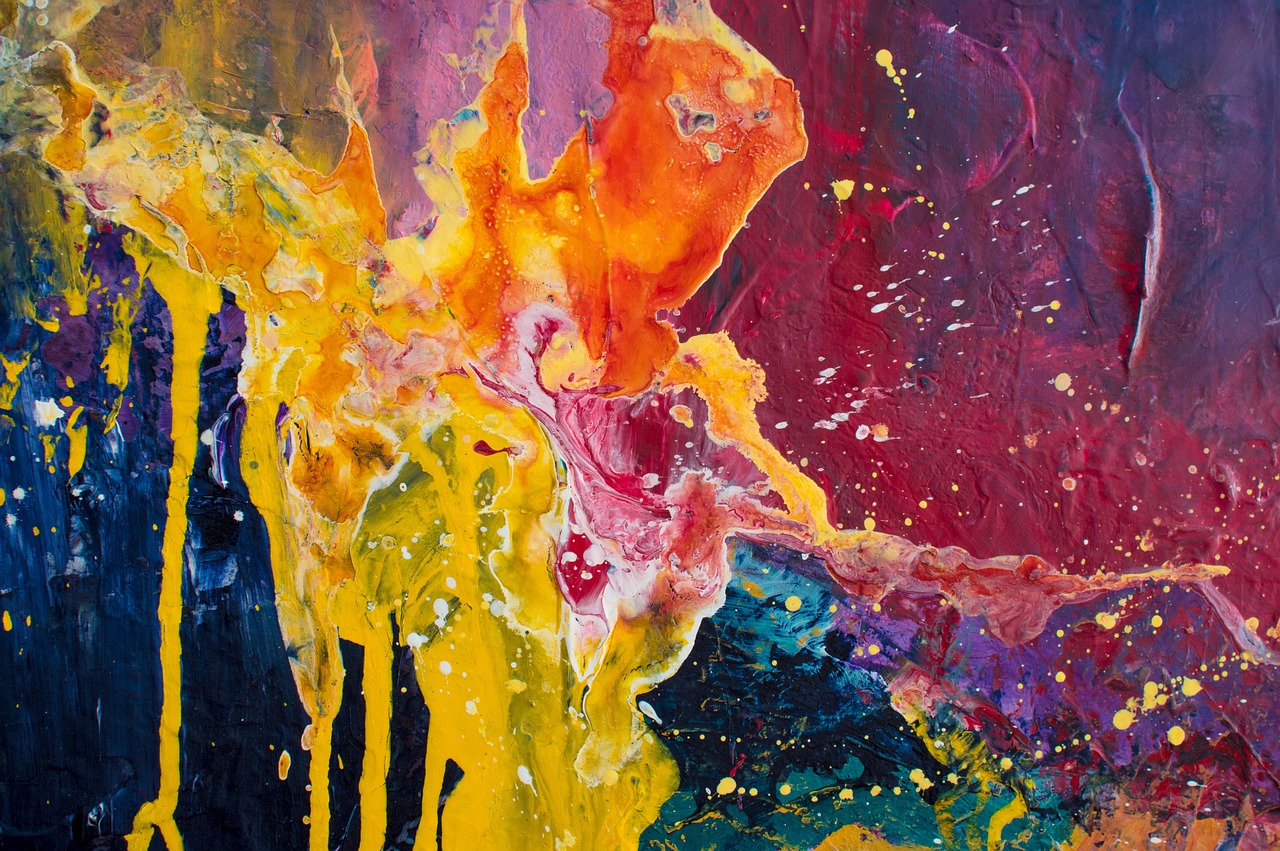
Key Techniques in Abstract Painting
When diving into the vibrant world of abstract painting, it’s essential to arm yourself with a variety of techniques that can elevate your artwork from ordinary to extraordinary. Abstract art is not just about splashing paint on a canvas; it’s about expressing emotions, ideas, and concepts through the unique manipulation of materials. Let’s explore some of the key techniques that define this fascinating genre, ensuring that both budding artists and seasoned professionals can find inspiration and practical advice.
One of the most fundamental techniques in abstract painting is layering. This involves applying multiple layers of paint to create depth and complexity in your work. Think of it as building a sandwich; each layer adds flavor and texture. By using transparent paints or glazes, artists can achieve a rich interplay of colors and forms that invite the viewer to look deeper. Layering can also incorporate different materials such as sand or fabric, adding an unexpected tactile quality to the piece.
Another technique that has gained popularity is the use of a palette knife. Unlike traditional brushes, palette knives allow for bold strokes and dynamic textures. They can create sharp lines, smooth areas, or even intricate patterns, depending on how they are used. Imagine spreading frosting on a cake; the knife glides and swirls, leaving behind a unique design. This technique encourages spontaneity, allowing artists to embrace the unexpected and let their intuition guide their hand.
In addition to these techniques, dripping and pouring paint can result in stunning visual effects. This method, popularized by artists like Jackson Pollock, involves letting paint flow freely onto the canvas, creating organic shapes and patterns. It’s akin to watching a dance unfold, where the movement of the artist's body influences the final composition. This technique often reflects the artist's emotional state, making it a powerful form of expression.
Texture is another crucial element in abstract painting. Artists can explore various materials—like textured gels, pastes, or even found objects—to add dimension to their work. For instance, incorporating materials like sand or beads can create a three-dimensional effect that draws the viewer in. This exploration of texture not only enhances the visual appeal but also engages the sense of touch, inviting a more immersive experience.
Moreover, understanding color application techniques is vital. Whether through wet-on-wet, where wet paint is applied to wet paint, or dry brushing, where a dry brush is used to apply a small amount of paint, each method can dramatically alter the outcome of a piece. For example, wet-on-wet can create soft blends and transitions, while dry brushing can produce sharp, defined strokes. These techniques allow artists to manipulate color in ways that are both expressive and evocative.
As you experiment with these techniques, remember that abstract painting is not about perfection; it’s about exploration and self-expression. Each brushstroke, layer, and texture tells a story, and it’s up to you to decide how to narrate it. Embrace the chaos, the spontaneity, and the freedom that comes with abstract art, and you’ll find that the process itself is as rewarding as the final piece.
- What materials do I need to start abstract painting? You can begin with basic acrylic or oil paints, brushes, a palette knife, and a canvas. Don't forget to include mediums for texture!
- Is there a specific technique I should start with? Layering is a great technique for beginners as it allows for exploration without the pressure of creating a perfect image.
- How can I develop my personal style in abstract painting? Experiment with different techniques and materials, and don’t be afraid to make mistakes. Your unique style will emerge through practice and exploration.
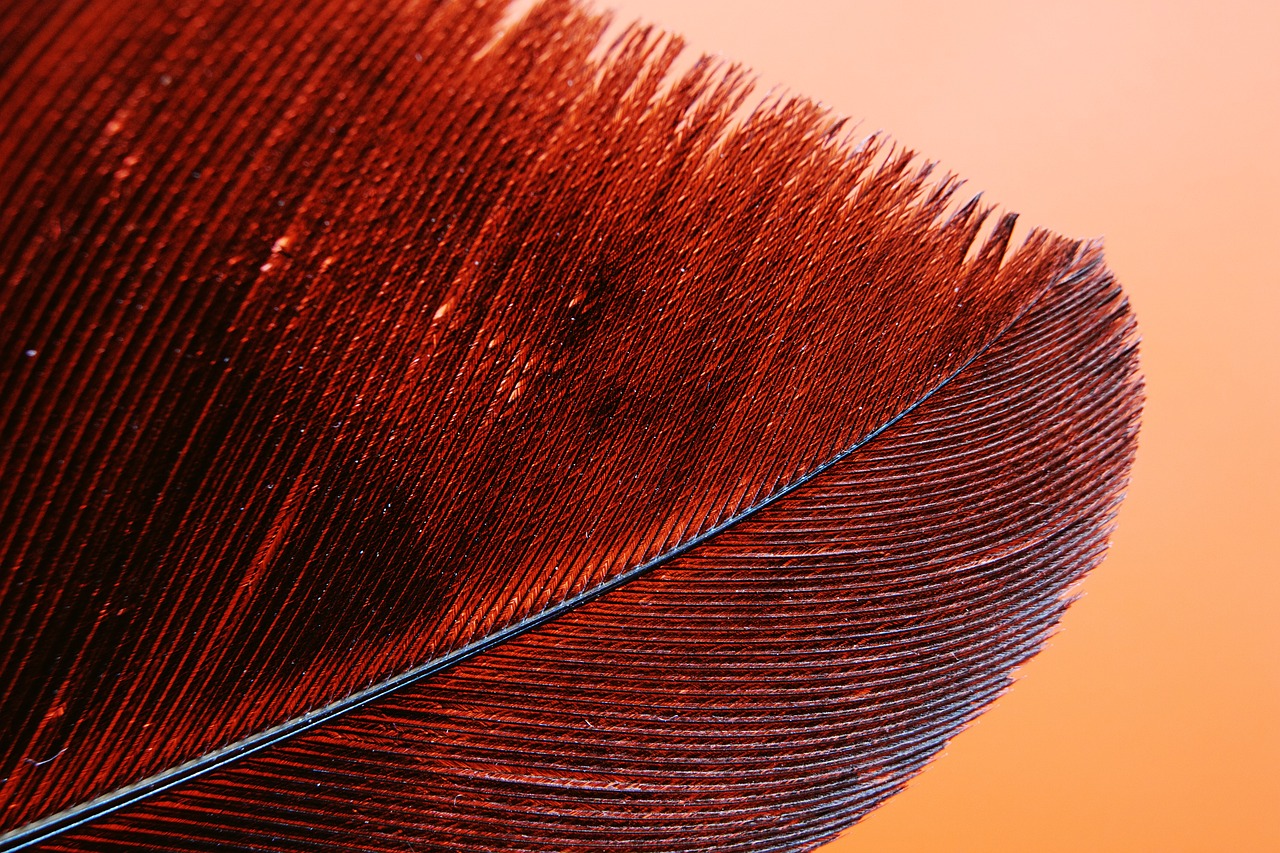
Color Theory in Abstract Art
When diving into the world of abstract painting, one of the most fascinating aspects to explore is color theory. This concept is not just about picking pretty colors; it’s a profound way to communicate emotions and ideas through visual means. Think of color as the language of art—each hue has its own personality and can evoke a variety of feelings in the viewer. For instance, a vibrant red can ignite passion and energy, while a soothing blue may evoke tranquility and calmness. So, how do artists harness this power?
In abstract art, color is often used to create a mood or convey a specific emotion. The choices an artist makes can significantly impact the viewer's experience. For example, consider the following:
| Color | Emotional Response |
|---|---|
| Red | Passion, Energy, Anger |
| Blue | Calm, Sadness, Trust |
| Yellow | Happiness, Optimism, Caution |
| Green | Growth, Harmony, Freshness |
This table illustrates just a few examples of how colors can shape our emotional reactions. As artists, understanding these responses allows for more intentional and powerful compositions. But color theory goes beyond mere emotional impact; it also involves the relationships between colors—how they interact with one another on the canvas.
One fundamental principle is the concept of color harmony, which refers to how well colors work together. Artists often use complementary colors—those opposite each other on the color wheel—to create contrast and visual interest. For instance, pairing blue with orange can create a striking effect that draws the eye. On the other hand, analogous colors—those next to each other on the wheel, like blue and green—can create a sense of unity and cohesion.
Moreover, the use of warm and cool colors can further enhance the emotional depth of a piece. Warm colors (like reds, oranges, and yellows) tend to advance in a composition, making them feel closer to the viewer, while cool colors (like blues, greens, and purples) recede, creating a sense of distance. This dynamic can be utilized to guide the viewer's eye and shape their emotional journey through the artwork.
Ultimately, mastering color theory in abstract art is about experimentation and intuition. Artists should feel free to play with colors, mix them, and observe how they interact. The beauty of abstract painting lies in its freedom of expression; there are no strict rules, only guidelines that can help inform the creative process. So, grab your brushes, explore the vibrant world of color, and let it inspire your next masterpiece!
- What is color theory? Color theory is a set of principles used to understand how colors interact, how they can be combined, and how they affect human emotions.
- How can I choose colors for my abstract painting? Consider the emotions you want to convey and refer to the color wheel. Experiment with complementary and analogous colors to see what resonates with you.
- What is the significance of warm and cool colors? Warm colors tend to evoke feelings of warmth and excitement, while cool colors often create a sense of calm and tranquility. Using both can create a dynamic balance in your artwork.
- Can I break the rules of color theory? Absolutely! Abstract art is about personal expression. While color theory can guide you, feel free to experiment and find what works best for your unique style.
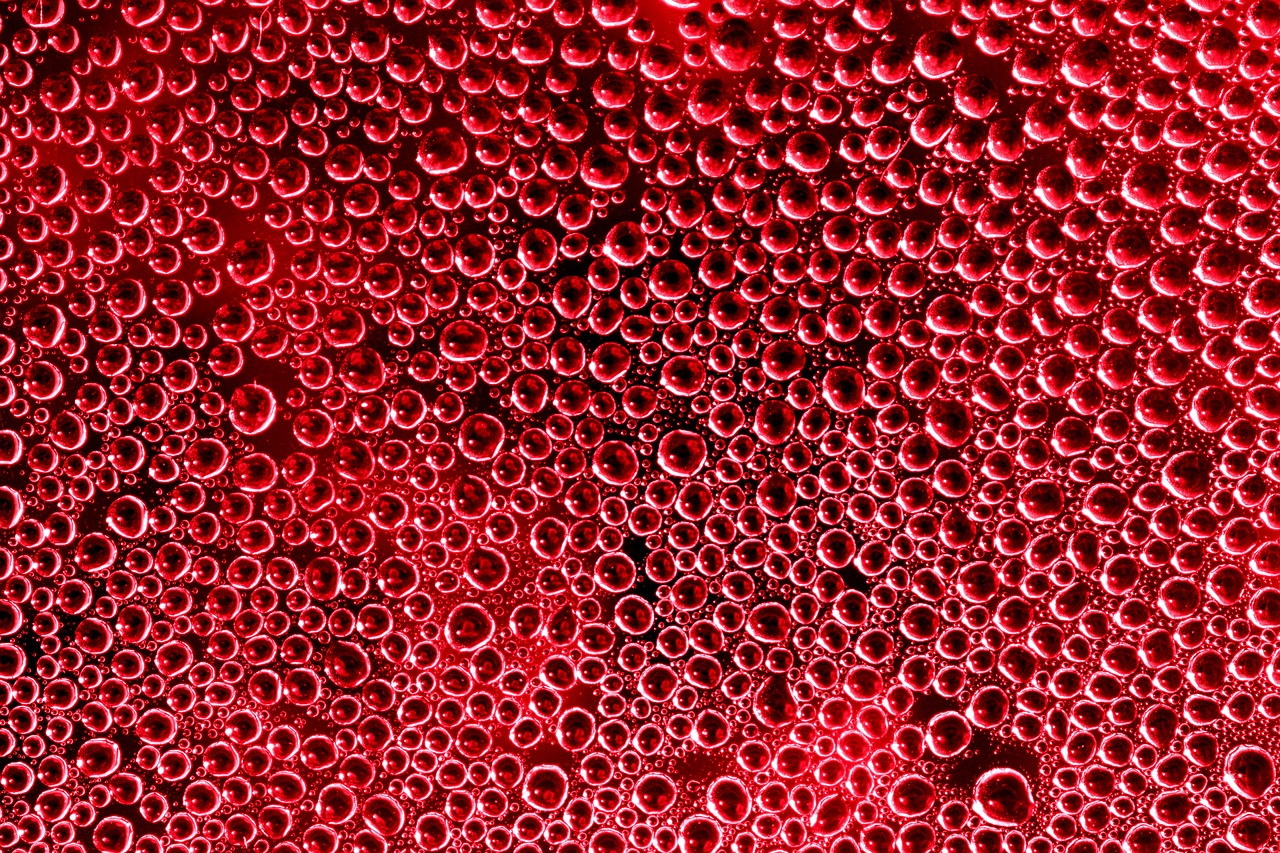
Warm vs. Cool Colors
Understanding the impact of warm and cool colors is vital for creating mood in abstract art. Warm colors, which include shades like red, orange, and yellow, tend to evoke feelings of excitement, energy, and warmth. Imagine a blazing sunset; those vibrant reds and oranges can stir up feelings of passion and enthusiasm. They draw the viewer in, creating an inviting and stimulating atmosphere. On the other hand, cool colors such as blue, green, and purple often convey calmness, serenity, and tranquility. Think of a peaceful ocean or a quiet forest; these hues can evoke a sense of relaxation and introspection.
When you mix warm and cool colors in your abstract painting, you can create a dynamic contrast that captures the viewer's attention. For instance, a striking blue background with bold, fiery orange shapes can create a sense of tension and excitement. This interplay of colors can lead to a more engaging visual experience, encouraging the audience to explore the emotions behind the artwork. However, using these colors effectively requires an understanding of their psychological effects and how they can be balanced within a composition.
To illustrate this concept further, let's take a look at a simple table that summarizes the characteristics of warm and cool colors:
| Color Type | Examples | Emotional Impact |
|---|---|---|
| Warm Colors | Red, Orange, Yellow | Excitement, Energy, Warmth |
| Cool Colors | Blue, Green, Purple | Calmness, Serenity, Tranquility |
In abstract painting, the choice between warm and cool colors can also influence the viewer's interpretation of the piece. For example, an artwork dominated by warm colors may be perceived as lively and inviting, while a cool color palette might suggest introspection or melancholy. As artists, it's crucial to consider how these color choices align with the emotions or themes you wish to convey. Experimenting with different color combinations can lead to surprising results, allowing you to discover what resonates most with your artistic vision.
Ultimately, the effective use of warm and cool colors in abstract painting is about balance. Strive to find a harmonious blend that enhances your artwork while still maintaining the emotional impact you desire. So, next time you pick up your brush, think about the feelings you want to evoke and how the colors you choose can help communicate that message.
- What are warm colors? Warm colors include red, orange, and yellow, and they tend to evoke feelings of energy and excitement.
- What are cool colors? Cool colors encompass blue, green, and purple, which often convey calmness and tranquility.
- How can I balance warm and cool colors in my artwork? Experiment with different combinations and consider the emotional impact you want to achieve. Use a color wheel to help you visualize contrasts and harmonies.
- Can I use both warm and cool colors in the same painting? Absolutely! Combining warm and cool colors can create dynamic contrasts and enhance the emotional depth of your artwork.
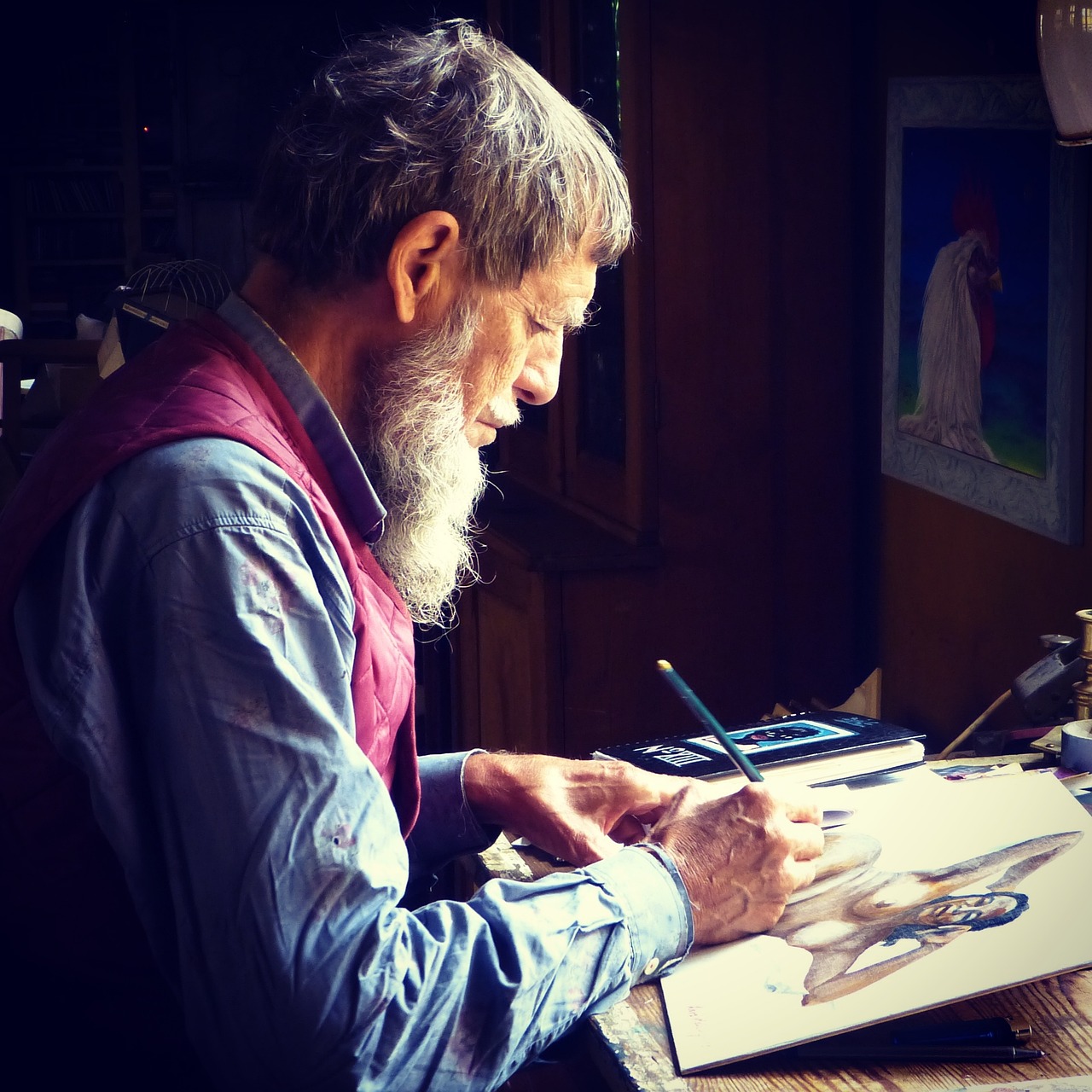
Color Harmony and Contrast
When it comes to abstract painting, color harmony and contrast are like the dynamic duo of the art world. They work together to create a visual symphony that can either soothe the soul or ignite a fire within the viewer. But what does this really mean? Well, think of color harmony as the melody of a song—it's the way colors blend and complement each other, creating a sense of balance and unity. On the other hand, contrast is the beat that gives the song its energy; it’s all about the differences between colors that can create excitement and draw the eye. Together, they can transform a simple canvas into a captivating masterpiece.
To achieve color harmony, artists often rely on various techniques. One common approach is using a color wheel to identify complementary colors—those that sit opposite each other on the wheel. For instance, pairing blue with orange creates a striking contrast while maintaining harmony. Additionally, artists can explore analogous colors, which are located next to each other on the wheel, such as blue, blue-green, and green. These combinations tend to evoke a sense of calm and cohesiveness. The key is to experiment and find what resonates with your artistic vision.
In contrast, color contrast can be achieved through the use of different shades, tones, and intensities of color. For example, a bright yellow can pop against a deep purple background, creating a visual jolt that captures attention. This technique is particularly effective in abstract art, where the goal is often to evoke an emotional response. By strategically placing contrasting colors next to each other, artists can create depth and dimension, making their work more engaging. It’s like the difference between a whisper and a shout—both have their place, but it’s the shout that often gets noticed!
Here’s a quick reference table to illustrate some common color combinations that demonstrate harmony and contrast:
| Color Harmony | Color Contrast |
|---|---|
| Blue and Green (Analogous) | Yellow and Purple (Complementary) |
| Red, Red-Orange, and Orange (Analogous) | Black and White (High Contrast) |
| Pastel Pink and Lavender (Soft Harmony) | Bright Red and Dark Blue (Bold Contrast) |
In summary, mastering color harmony and contrast is essential for any abstract artist looking to elevate their work. These principles not only enhance the visual appeal of a piece but also deepen the emotional impact it can have on the viewer. So, the next time you’re standing in front of your canvas, consider how you can play with these elements to create a more engaging and expressive work of art.
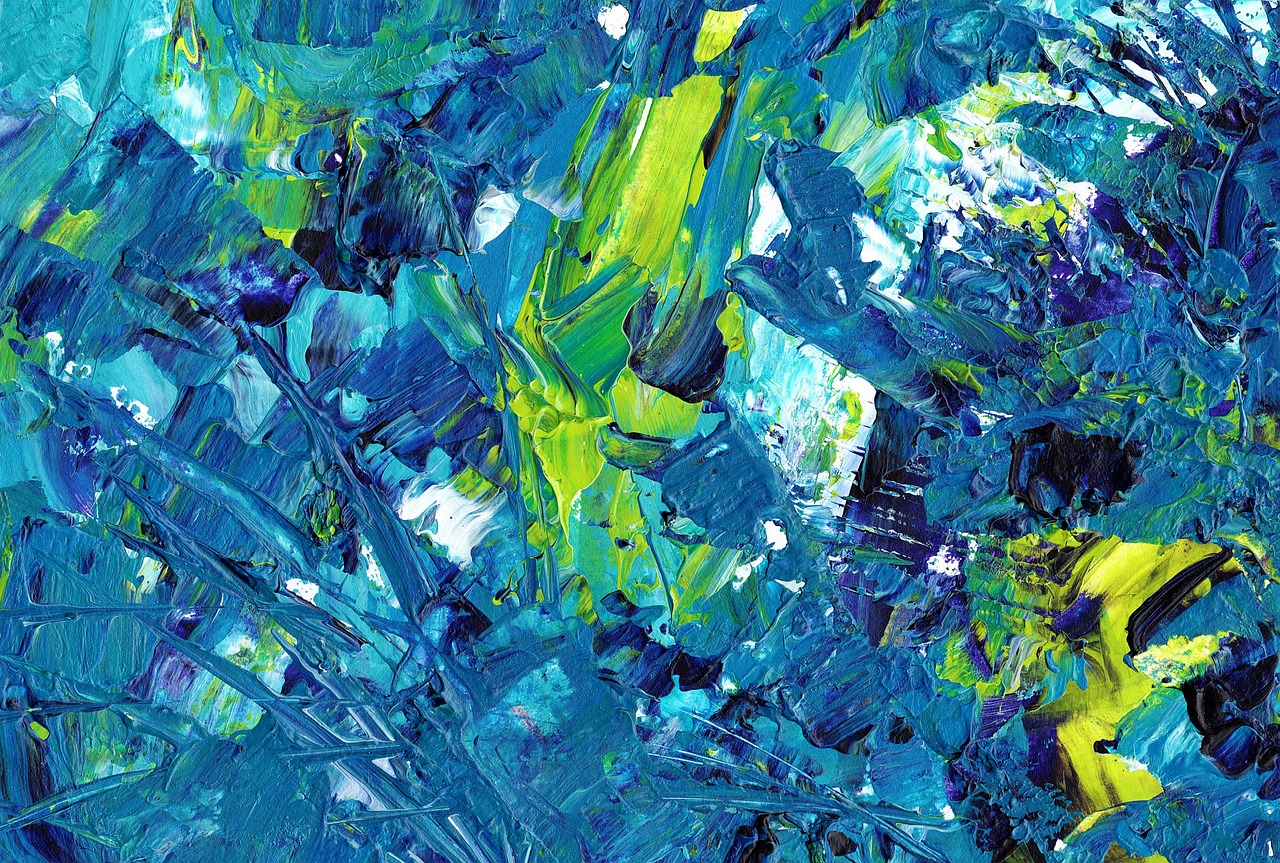
Texture and Material Exploration
When it comes to abstract painting, texture is not just an afterthought; it’s a vital element that can transform a flat canvas into a captivating experience. Imagine running your fingers over a painting and feeling the peaks and valleys of the surface—this tactile sensation can evoke emotions just as strongly as color and form. Artists have a plethora of materials at their disposal, each offering unique properties that can enhance the overall impact of their work. From traditional oil paints to unconventional items like sand or fabric, the possibilities are endless.
One of the most exciting aspects of abstract art is the freedom to experiment with various textures. For instance, using a palette knife can create sharp, defined edges and thick applications of paint that stand out dramatically against the canvas. On the other hand, techniques like wet-on-wet allow colors to blend seamlessly, creating soft, organic textures that invite closer inspection. The choice of material also plays a significant role in texture creation. Here are some common materials used in abstract painting:
- Acrylic Paint: Fast-drying and versatile, acrylics can be layered to create depth.
- Oil Paint: Known for its rich texture and slow drying time, allowing for intricate blending.
- Mixed Media: Incorporating materials like paper, fabric, or found objects can add unique textures and dimensions.
- Textured Mediums: Products like modeling paste or gel mediums can be applied to create raised surfaces.
Incorporating texture into your work can also influence how viewers engage with your art. A piece with a rough texture might evoke feelings of chaos or turmoil, while a smooth, glossy surface could impart a sense of calm and serenity. The interplay of light on different textures can further enhance this emotional response, as shadows and highlights bring the artwork to life.
Another fascinating technique artists often explore is the use of collage. By layering various materials, such as newspaper clippings, fabric scraps, or even natural elements like leaves, artists can create a rich tapestry of textures that tell a story. This not only adds visual interest but also invites viewers to look closer, discovering hidden details that might otherwise go unnoticed.
Ultimately, the exploration of texture and materials in abstract painting is a journey of self-discovery. It encourages artists to break free from traditional boundaries and to embrace their instinctual reactions to the materials they choose. Whether you're a seasoned artist or just starting out, don't shy away from experimenting with different textures and materials. You might just stumble upon a combination that resonates deeply with your artistic voice.
Q: What materials are best for creating texture in abstract painting?
A: Some popular materials include acrylic and oil paints, textured mediums, and mixed media elements like fabric or paper. Experimenting with different materials can lead to exciting results!
Q: How can texture influence the emotional response to a painting?
A: Texture can evoke different feelings; for example, rough textures might convey chaos, while smooth textures can suggest calmness. The way light interacts with texture can also enhance these emotional responses.
Q: Is there a specific technique for applying texture?
A: Techniques vary widely, but common methods include using palette knives, brushes, and even hands to apply paint. Artists often layer materials or use tools to manipulate the paint for desired effects.
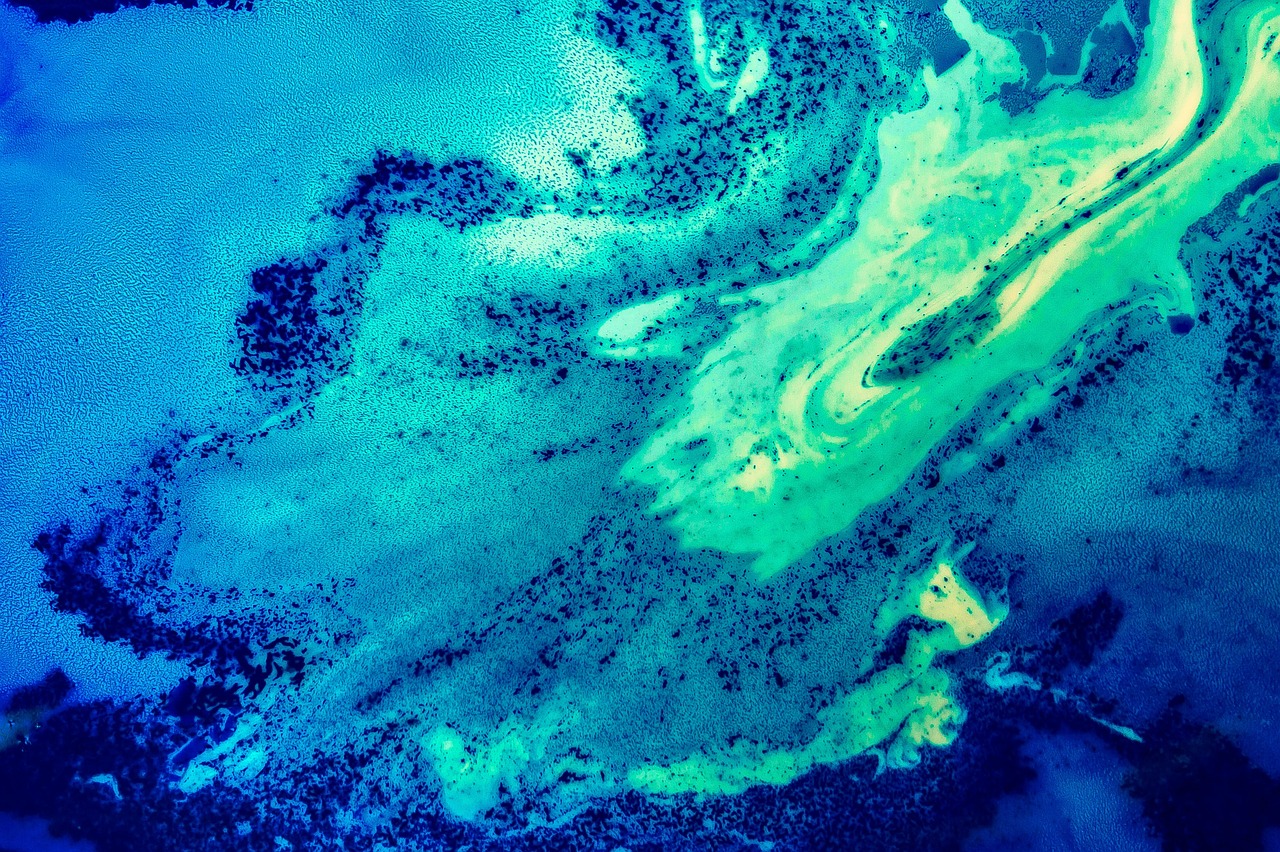
Emotional Expression in Abstract Painting
Abstract painting is not just about colors and shapes; it’s a profound way to convey deep emotions and complex themes. Unlike traditional art forms that often depict recognizable subjects, abstract painting invites the viewer to engage with the artwork on a more personal level. It’s like stepping into a dream where the rules of reality are suspended, allowing for a myriad of interpretations. This freedom can evoke feelings of joy, sadness, anger, or tranquility, making each piece a unique emotional journey.
Artists can use various techniques to express their emotions through abstract art. For instance, the choice of color is paramount. Bright, vibrant hues can evoke feelings of happiness and excitement, while darker, muted tones may convey sadness or introspection. It’s fascinating how a simple shift in color can transform the mood of a painting. Think of it as a musical score—just as different notes create different feelings, colors can set the emotional tone of an artwork.
Moreover, the use of non-representational forms allows artists to explore their inner worlds. Instead of painting a landscape or a still life, an artist might choose to create swirling lines or chaotic shapes that reflect their emotional state. This abstraction serves as a mirror, reflecting the artist's feelings and inviting viewers to project their own emotions onto the canvas. In this way, abstract painting becomes a dialogue between the artist and the viewer, where each person brings their own experiences and interpretations.
Another fascinating aspect of emotional expression in abstract painting is the use of symbolism. Artists often incorporate symbols into their work to enhance the emotional depth. For example, a spiral might represent growth or transformation, while jagged lines could signify turmoil or conflict. By embedding these symbols within their art, artists can communicate specific ideas or feelings without relying on literal representation. This adds layers of meaning to the artwork, making it even more engaging for the viewer.
To further illustrate the impact of emotional expression in abstract painting, consider the following table that outlines different emotional responses and their associated techniques:
| Emotion | Techniques | Color Palette |
|---|---|---|
| Joy | Bright, bold strokes, dynamic shapes | Yellows, oranges, bright blues |
| Sadness | Soft, flowing lines, muted tones | Grays, blues, deep purples |
| Anger | Sharp, aggressive strokes, chaotic forms | Reds, blacks, dark colors |
| Tranquility | Gentle layering, smooth transitions | Pastels, soft greens, light blues |
Finding one’s voice in abstract painting is an essential part of the creative process. Artists are encouraged to experiment with different techniques and materials, allowing their emotions to guide their hands. It’s about taking risks and embracing the unexpected. Just like a writer explores different styles and genres, painters can explore various forms and expressions until they find what resonates with them.
In conclusion, emotional expression in abstract painting is a rich and rewarding journey. By utilizing color, form, and symbolism, artists can create pieces that resonate on a personal level, inviting viewers to experience their emotions and interpretations. Whether you are a seasoned artist or just starting, embracing the emotional aspects of abstract painting can lead to profound discoveries and connections.
- What is the primary purpose of abstract painting? Abstract painting aims to express emotions and ideas without relying on representational forms.
- How can I start creating my own abstract art? Begin by experimenting with colors and shapes that resonate with you. Don’t be afraid to express your feelings through your work.
- Is there a right way to interpret abstract art? No, abstract art is subjective. Each viewer may have a different interpretation based on their personal experiences.
- Can anyone create abstract art? Absolutely! Abstract art is accessible to everyone, regardless of skill level. It’s all about expressing yourself.
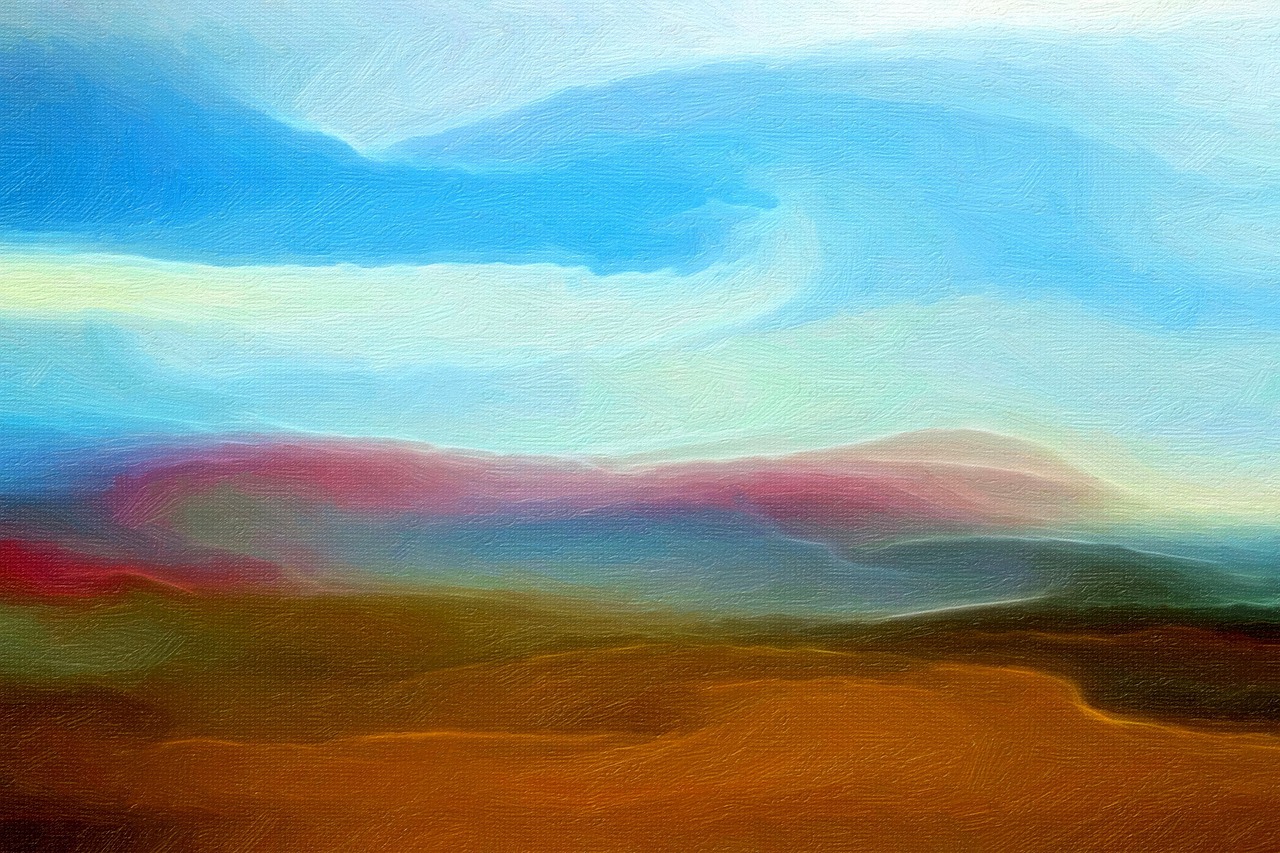
Symbolism in Abstract Art
Symbolism in abstract art is like a secret language that artists use to communicate complex emotions and ideas without relying on realistic representation. Unlike traditional art forms that depict recognizable subjects, abstract art invites viewers to interpret meaning through shapes, colors, and forms. This makes it incredibly personal and subjective, allowing each observer to derive their own interpretations based on their experiences and feelings.
One of the fascinating aspects of symbolism in abstract art is how it can convey layers of meaning. For instance, an artist might use a swirling mass of red and black to symbolize turmoil and passion, while a serene blue circle may represent tranquility and wholeness. The beauty of abstract symbolism lies in its ambiguity; it encourages a dialogue between the artwork and the viewer, often leading to unexpected insights. Just as a poet chooses words carefully to evoke emotions, abstract artists select colors and shapes that resonate with their intended message.
To effectively incorporate symbolism into abstract paintings, artists often consider the following elements:
- Color: Different colors can evoke various emotions. For instance, warm colors like red and orange often symbolize energy and passion, while cool colors like blue and green can signify calmness and serenity.
- Shapes: Geometric shapes can represent stability and order, while organic shapes may convey movement and fluidity. An artist might choose a jagged line to symbolize chaos or a smooth curve to represent harmony.
- Texture: The use of texture can add depth to symbolism. A rough texture might suggest struggle or conflict, whereas a smooth finish could imply peace or resolution.
Moreover, artists can draw inspiration from various cultural symbols. For example, circles often symbolize unity and eternity in many cultures, while triangles might represent strength or change. By integrating these symbols into their work, artists can create a rich tapestry of meaning that resonates on multiple levels.
Ultimately, the power of symbolism in abstract art lies in its ability to transcend language and cultural barriers. It allows artists to express feelings that might be too complex for words and invites viewers to embark on their own journey of interpretation. Each piece becomes a unique conversation, where the artist's intent and the viewer's perception intertwine, creating a dynamic and enriching experience. So, the next time you gaze at an abstract painting, take a moment to reflect on the symbols at play and how they speak to you personally.
1. What is the significance of symbolism in abstract art?
Symbolism in abstract art allows artists to convey complex emotions and ideas without relying on literal representations. It invites viewers to interpret meaning based on their personal experiences.
2. How can I identify symbols in abstract paintings?
Symbols in abstract art can often be identified through the use of color, shape, and texture. Observing how these elements interact can provide insights into the artist's intended message.
3. Can anyone create abstract art with symbolism?
Absolutely! Abstract art is about personal expression. Anyone can explore symbolism in their work by experimenting with colors, shapes, and materials to convey their feelings and ideas.
4. Are there common symbols used in abstract art?
Yes, some common symbols include circles for unity, triangles for strength, and various colors that evoke specific emotions. However, the interpretation of symbols can vary widely among different cultures and individuals.
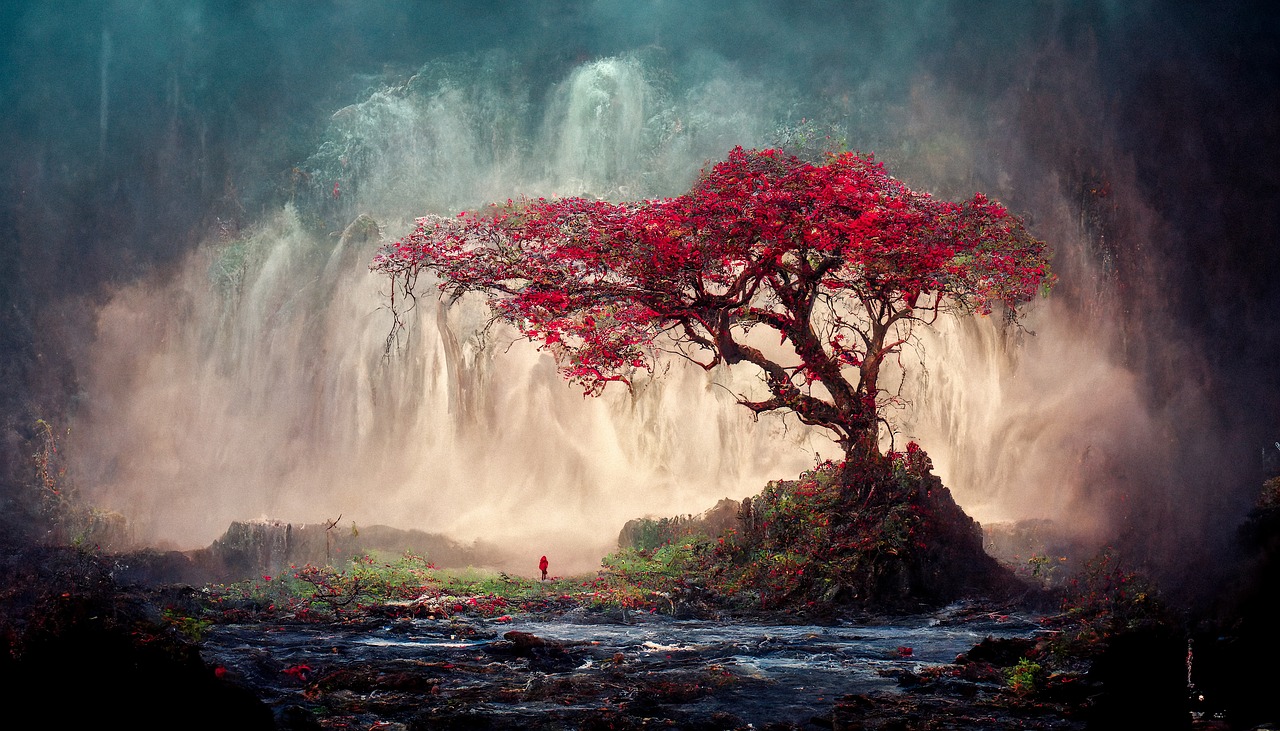
Personal Style Development
Finding your unique style in abstract painting is like embarking on a thrilling adventure. It’s a journey filled with exploration, experimentation, and self-discovery. Just as a chef combines different ingredients to create a signature dish, an artist blends techniques, colors, and emotions to forge a personal artistic voice. But how do you begin this exciting quest? Here are a few insightful steps to guide you along the way.
First and foremost, embrace experimentation. The beauty of abstract art lies in its freedom. Don’t be afraid to play with different mediums and techniques. Try out acrylics, watercolors, or even mixed media. Each medium has its own personality and can evoke different feelings. For instance, acrylics dry quickly and allow for bold, vibrant colors, while watercolors offer a softer, more ethereal quality. By experimenting, you’ll discover what resonates with you and what doesn’t.
Next, consider keeping a visual journal. This can be a fantastic tool for tracking your artistic growth and exploring ideas. Fill it with sketches, color palettes, and notes about what inspires you. Over time, you’ll notice patterns in your work, which can help you identify your preferences and unique style. Think of it as a treasure map leading you to your artistic identity.
Another essential aspect is studying the masters. Look at the works of renowned abstract artists like Jackson Pollock, Mark Rothko, or Wassily Kandinsky. Analyze their use of color, form, and composition. What emotions do their pieces evoke in you? How do they differ from one another? By understanding their techniques, you can incorporate elements that resonate with you into your own work, creating a foundation upon which to build your style.
Moreover, don’t underestimate the power of feedback. Share your work with fellow artists or join an art community, either online or in-person. Engaging with others can provide fresh perspectives and constructive criticism that can enhance your growth. Sometimes, an outside viewpoint can reveal strengths and weaknesses in your work that you might not have noticed. Remember, art is subjective, and every piece will resonate differently with different audiences.
Lastly, trust your instincts. Your personal style will evolve as you grow as an artist. It’s important to listen to your intuition and allow it to guide your creative process. If a certain color palette or technique feels right, go with it! Over time, you’ll find that your style becomes more defined as you become more confident in your choices.
In conclusion, developing a personal style in abstract painting is a rewarding journey that requires patience and dedication. Embrace the adventure of self-discovery, and remember that every stroke of the brush is a step closer to finding your unique artistic voice.
- How long does it take to develop a personal style? - Developing a personal style can take years of practice and experimentation. It's a continuous journey rather than a destination.
- Can I have multiple styles? - Absolutely! Many artists explore various styles throughout their careers. It's perfectly normal to evolve and change.
- What if I don't know where to start? - Start by experimenting with different techniques and mediums. Allow yourself to play without the pressure of creating a masterpiece.
- Is it okay to be inspired by other artists? - Yes! Inspiration from other artists is a natural part of the creative process. Just make sure to infuse your personality into your work.
Frequently Asked Questions
- What is abstract painting?
Abstract painting is a style of art that breaks away from traditional representation. Instead of depicting recognizable subjects, it focuses on shapes, colors, and forms to convey emotions and ideas. It's like a visual language that speaks directly to the viewer's feelings rather than their understanding of reality.
- How can I start with abstract painting as a beginner?
Starting with abstract painting is all about exploration! Grab some paint, a canvas, and let your intuition guide you. There are no strict rules, so play with colors and shapes. You might want to experiment with different techniques like layering or using a palette knife to find what resonates with you. Remember, the process is just as important as the final piece!
- What techniques should I learn for abstract painting?
There are several key techniques you can explore in abstract painting, such as layering, dripping, and using mixed media. Each technique can add a unique texture and depth to your work. Don't hesitate to try out different tools, like brushes, sponges, or even your fingers, to create interesting effects!
- How does color theory apply to abstract art?
Color theory is crucial in abstract art as it helps artists understand how colors interact and evoke emotions. Warm colors like reds and oranges can create feelings of energy and passion, while cool colors like blues and greens often convey calmness. By mastering color theory, you can make intentional choices that enhance the emotional impact of your artwork.
- What is the significance of texture in abstract painting?
Texture adds depth and interest to abstract paintings, engaging the viewer's senses. You can create texture using various materials, such as sand, fabric, or even found objects. This tactile quality invites viewers to not only look but also feel the artwork, making the experience more immersive.
- How can I express emotions through abstract painting?
Abstract painting allows for a personal interpretation of emotions. You can use colors, shapes, and forms to convey feelings without the need for recognizable subjects. Think about what you want to express and let your intuition guide your choices. The beauty of abstract art is that it can mean different things to different people!
- Can symbolism be used in abstract art?
Absolutely! Incorporating symbols into abstract art can add layers of meaning to your work. Whether it's a color that represents a feeling or a shape that signifies a concept, symbols can enrich your painting and provide viewers with a deeper understanding of your intentions.
- How do I develop my personal style in abstract painting?
Developing a personal style takes time and experimentation. Don't be afraid to try new things, mix techniques, and find what feels right for you. Keep creating, and over time, you'll notice patterns in your work that reflect your unique voice. The more you paint, the more you'll discover what truly resonates with you!



















